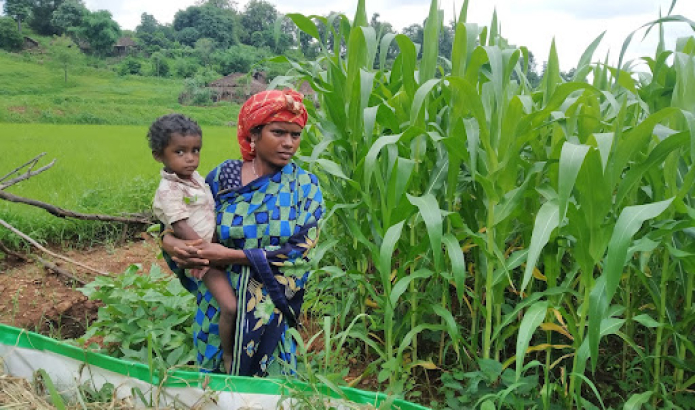Zooming into the main cropping patterns in India

The Indian government’s agricultural policies are primarily focused on the promotion of conventional agriculture, on monocropping production schemes paired with chemical agricultural inputs into the food production system. These practices had led to an increasing soil fertility problem in India over the last decades. As a consequence, there has been a rapid increase in the number of Indian farmers and state governments adopting and promoting regenerative agricultural practices. This has increased awareness about sustainable agriculture among farmers that live in rural areas where access to information about these practices is limited or nonexistent.
The design of -multiple- cropping patterns, as a regenerative agriculture practice, helps to restore soil fertility by rotating and associating crops with different nutrient needs, as well as by providing a variety of ground cover which increases organic matter in the soil while promoting biodiversity. The strategic combination of crop rotations, crop associations and cover crops are key principles to compose a regenerative cropping pattern. A crop rotation is an agricultural technique that manages crops so that different types of plants are grown each year on a given piece of land reducing the depletion of nutrients in the soil and fighting crop pests infestations. A crop association is an agricultural technique that manages crops so that different plants are grown close together. Each crop from the group has different root systems and nutrient requirements and access to a different niche. Thus, productivity increases without depleting the nutrient content of the soil. Finally, cover crops are usually used alongside crop rotations and associations to increase soil fertility by adding nutrients and improving the structure and moisture retention capacity of the soil. As part of the Green Transformation Pathways project in the Indian states of Madhya Pradesh and Jharkhand, regenerative agriculture is explored as a framework to propose interventions to enhance more sustainable food production and foster soil fertility.

